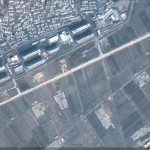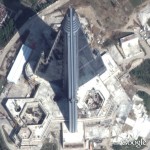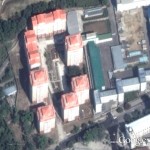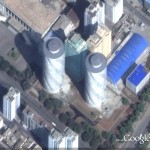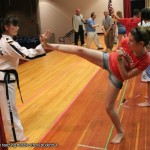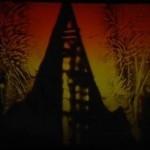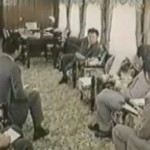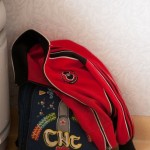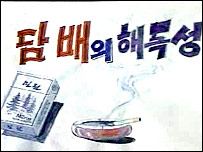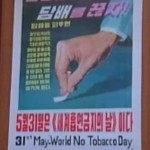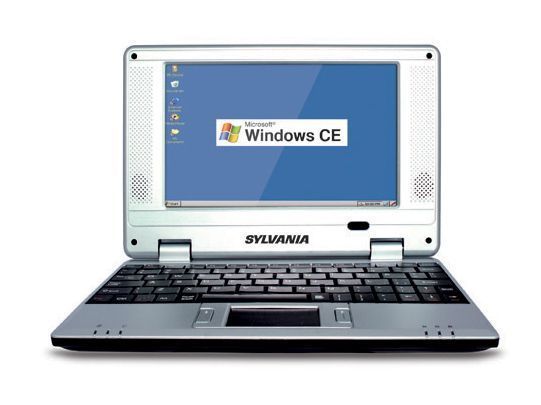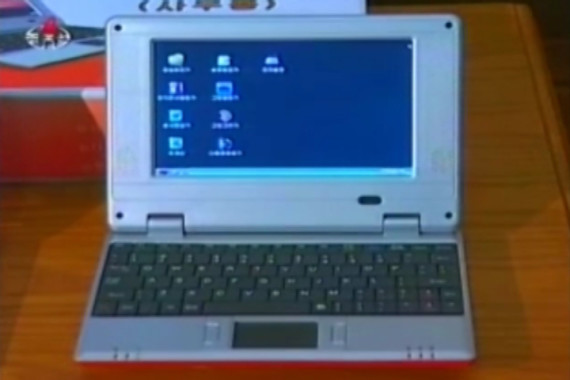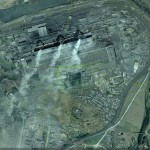Institute for Far Eastern Studies (IFES)
2011-8-10
Kim Jong Il is stressing the importance of the production of commodities for the North Korean people through upgrading the country’s light industry.
On August 1, an editorial in the Rodong Sinmun, “Let’s Go Full Speed Ahead with the Light Industry to Maximize the Production of Commodities,” mentioned the second product exhibition at the Pyongyang Department Store No. 1 as an exposition of “the growing development of light industry.”
The article emphasized Kim Jong Il’s second visit to the exhibition of commodities at the department store, “With the 100th anniversary of the birth of Kim Il Sung, our fatherly leader, revolutionary transition to improve the production of daily commodities must be put into full effect.” Kim’s recent field guidance at the exhibition hint at the state’s increasing efforts to improve the living standards of the population.
The newspaper also reiterated the significance of the exhibition stating, “The second exhibition of commodities at the Pyongyang Department Store corroborated the policies and the legitimacies of the Workers’ Party of Korea (WPK), aimed at improving the living standards of the people through continuous revolution and progress in the light industry of the country.”
In addition, the news mentioned, “Under the leadership of the WPK, the light industry products at this exhibition displayed the spirit of Juche and modernization at the forefront in building an economically powerful nation.” It also explained a variety of about 1,400 “high quality” light industry products were manufactured by 350 central and regional light industry factories, companies, affiliated units, department stores in Pyongyang, and comprehensive industrial product shops.
The newspaper also praised the exhibition to provide an, “Important opportunity to improve the lives of the people while parading the great national spirit, creativity, and ability.” It added, “The product exhibition has become an important turning point to revitalize the production of daily commodities of the people and revealed brilliant prospects for the future development of the light industry of our country.”
Thus, this year was depicted as an important year for light industry. The development of light industry was described as an unwavering goal of the workers and the party members to succeed in the march for improving the lives of the people by 2012 and celebrate the 100th anniversary of the DPRK founding leader’s birthday.

